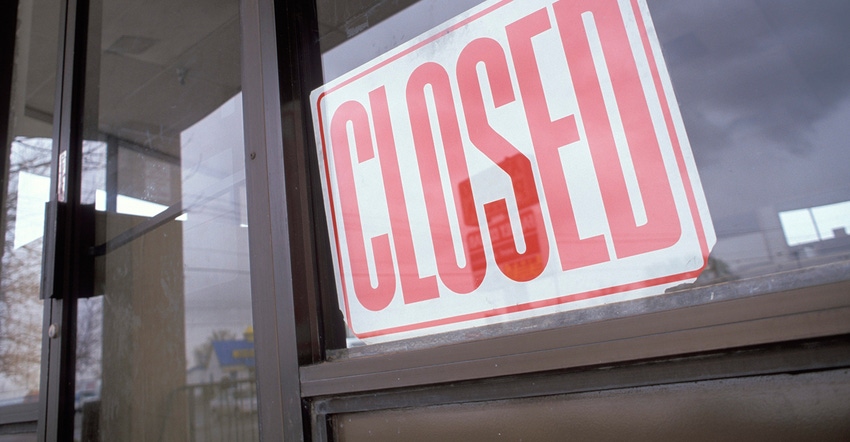March 19, 2018

When I was a kid, I never understood why my parents did most of their shopping in the Sears, Roebuck and Co., Montgomery Ward and JCPenney catalogs. I liked going to the stores to shop, even if that happened only a couple of times a year. I liked trying on clothes and seeing all the toys. But my parents did not.
They would page through the catalogs when they needed something, and my mother would place an order over the phone. A few days later, she would drive to the store with me and my little brother in tow, pick up the merchandise in the catalog department of the store, and pay for it. I always thought since we were there, we should look around, but usually we just left.
The exception was back-to-school shopping. My mom realized it made more sense to try on clothes and shoes to make sure they fit, and to make sure she bought something we actually liked and would wear.
At Christmastime, my younger brother and I were allowed to circle items we liked in the Sears Christmas Wish Book — a catalog that was about an inch thick but only a third the size of the Sears Fall and Winter and Spring and Summer catalogs. But the Wish Book featured every kind of toy imaginable back then. We had a price limit of $50 combined, which our parents assured us was a virtual fortune back in the day.
In the early 1970s, shopping malls began springing up across the country in big cities and suburbs, and even in cities the size of Janesville, La Crosse and Fond du Lac in Wisconsin. Even though my first paying job was working at the Montgomery Ward store near where I grew up, I couldn’t wait to drive to the mall and spend money on new clothes. I was mesmerized by the fact that you could find the same dress or shirt in three or four different stores all under the same roof, and go back and buy the one that was the cheapest price! I was an instant fan of the mall!
I still enjoy shopping at the mall today. My favorite mall, Forest Mall, is in Fond du Lac, only 20 miles from my house. I have shopped at that mall for the 31 years I have lived in rural Fond du Lac County. It is just the right size — not too big, like East Towne Mall in Madison or Fox Valley Mall in Appleton, but big enough to offer what I need. I usually shop once every other month, when I need something. But in the past decade, the number of stores in Forest Mall, like in many malls built in the 1970s, has dwindled. Anchor stores like Sears and JCPenney closed a few years ago, and Younkers is in the process of closing now. Kohl’s and Staples are the only anchor stores left in the mall, along with a smattering of smaller clothing, jewelry and specialty stores. All of the restaurants have closed, along with the theater. On any given weekday, you will find more mall walkers and store employees than actual shoppers.
New generation
This has happened because unlike me, my kids and their generation don’t like shopping at the mall; they prefer to shop online. They are all Amazon Prime members, which allows them to buy any item or gadget online and have it shipped to their door free of charge within a couple of days. This has been great for Federal Express, UPS and post offices, but it is killing the malls.
I must confess that even I shop online at Christmastime. For the past three years, I have shopped online at kohls.com, walmart.com and shopko.com rather than brave the stores on Black Friday. The stores lost me when Black Friday shopping started on Thanksgiving. I decided the lesser of the two evils was to shop online, rather than interrupt Thanksgiving to go shopping.
I admit it is definitely easier to shop from the comfort of my living room and have the packages delivered free of charge to my doorstep than to fight the crowds and the cold, but at the same time, I feel like I am helping to hasten the demise of the malls. And I can’t help but note that online shopping is very similar to the catalog shopping my parents’ generation enjoyed. I’m sure if my parents were alive today, they would be shopping online, too.
Comments? Email [email protected].
You May Also Like




